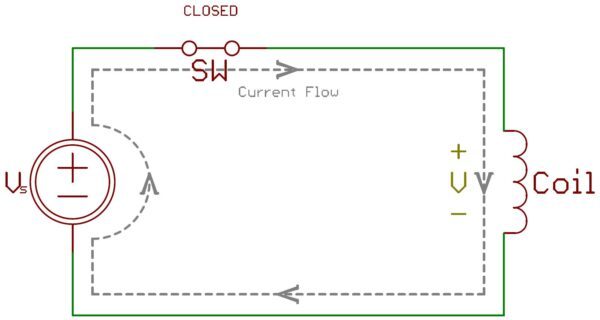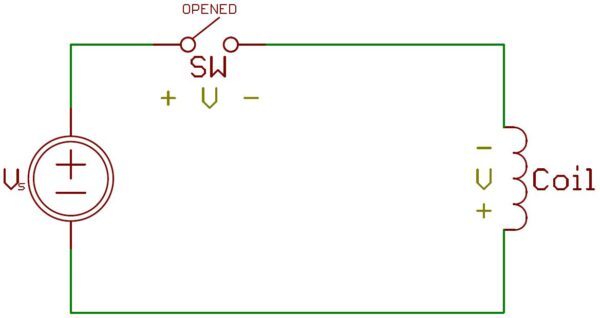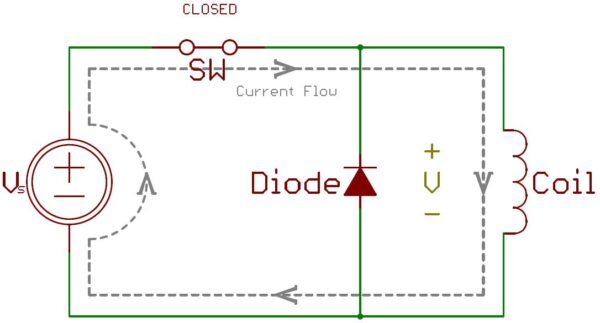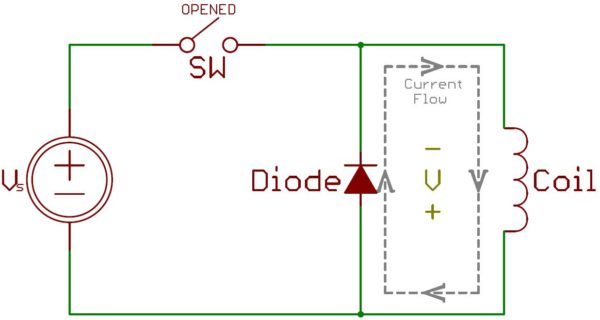Coil Transient Voltage Suppression

This blog addresses a common question we get in our Technical Support calls and emails regarding our RIB® Relays. Usually the question asked is, “Do your relays have a freewheeling, flyback or steering diode on the coil? My spec is calling for one.” In most cases the individual understands the importance of the diode, but sometimes they ask what it is for. Its purpose is to suppress coil transient voltages. The following will attempt to explain what that is, at a high level, and why it should be avoided.
A relay coil is essentially an inductor, and inductors store energy in a magnetic field when they have current flowing through them. This magnetic field takes time to build after current begins flowing, albeit a small amount of time. It also takes time to dissipate when current stops flowing. This stored energy dissipation is where the transient voltage comes from. These transient voltage spikes can be many times greater than the source voltage that the coil was energized with. They can damage equipment if large enough and cause arcing in switching devices that will degrade the contacts and cause premature failure. The first schematic diagram below shows a simple circuit with a source, switch and a relay coil (inductor). The current will flow through the circuit, and the voltage from the source will be present on the coil.
Simple circuit with source, switch & relay coil (inductor)

Switch Opened, Coil Energized
The next diagram shows the switch opened after the coil has been energized. When the magnetic field in the coil collapses, it creates a voltage of opposite polarity, and all that voltage appears on the switch as it is opening. The stored energy is then dissipated as an arc between the switch contacts as they separate. Over time, these arcs will damage the contacts and can eventually weld the switch closed.

Switch Opened, Coil Energized, with Diode Added
The next diagram is the same as the first, but it has the diode added in. While the switch is closed, the diode is reverse biased, so no current will flow through it. Functionally, these circuit will behave the same while the switch is closed. The magic happens when the switch opens.

Polarity Reverses, Magnetic Field Collapses
When the switch is opened, as seen in the final diagram, the polarity of the voltage on the coil reverses as the magnetic field collapses. Now the diode is forward biased, and it will allow current to flow in a loop back through the coil where the energy is dissipated as heat due to the resistance of the coil winding. This prevents the transient from getting back to the device controlling the circuit, whether it is a switch, relay or controller output.

Rest assured when you buy a RIB® relay, because our products have transient voltage suppression built in. This saves the installer time and money, which is our #1 goal. A copy of our Coil Transient Voltage Suppression statement can be found HERE. The typical requirements for transient suppression are to limit the voltage to 150% of the rated coil voltage, but our devices limit it to 100% of rated coil voltage! Be sure to contact us if you have any questions.
